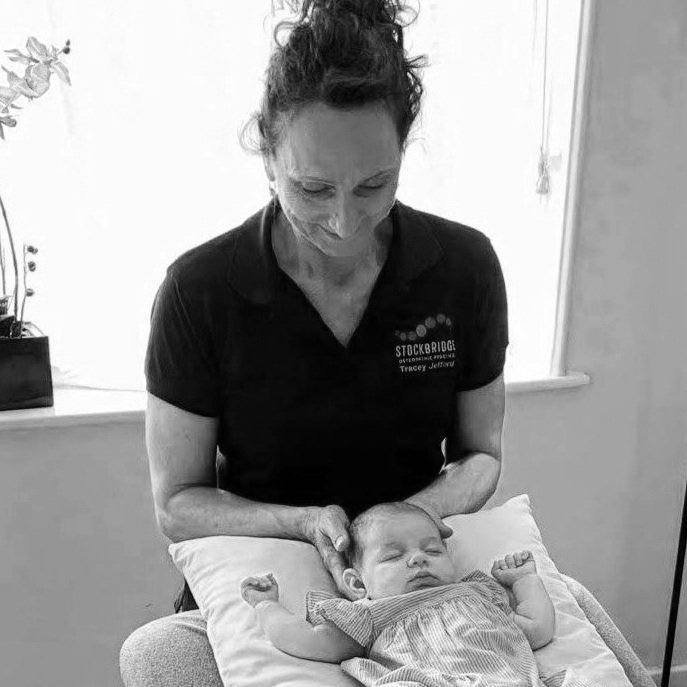Breathtaking
There’s been a little buzz on our Facebook page recently over a clip we posted in April.
It was simply an MRI image of a person breathing, but it has reached nearly a million people and been shared thousands of times. Take a peek!
What seems to have caught the attention is the very visual graphic, demonstrating not just the action of breathing, but the incredible massaging effect the diaphragm has on the organs above and below. The organs visibly rise and fall on breathing.
This is something that I regularly both treat and teach about, and to have such a powerful image to demonstrate the power of the breath has really captured people’s imagination.
Breathing is not just an exchange of gases, yet, as we do it subconsciously it is easy to think of it in such simple terms. Breathing has the potential to have profound effects on the nervous system, and the function of the organs above and below the diaphragm.
Altered breathing mechanics are often the first sign of stress in our patients.
It is important to remember that the stress message overrides every other message in the body. It is our ‘fight or flight’ mode, which historically helped save us from predators, but now is just continuously raised in response to our daily life stressors.
Being in a state of stress stimulates the part of the nervous system called the Sympathetic Nervous System. This is all about survival, so the heart beats faster, the pupils dilate, the breathing quickens, blood is pumped to the brain and muscles, and digestion and reproductive hormones switch off.
The other part of the nervous system is called the Parasympathetic Nervous System. This works at a slower rate and can be nick-named the ‘rest and digest’ mode. When it is activated digestion begins, the heart rate drops, the muscles relax, we de-stress and sleep well.
However, they can’t work in tandem, and the ‘fight and flight’ mode will always win over the ‘rest and digest’ mode.
To help manage stress we need to encourage the activation of the Parasympathetic Nervous system.
Now here is the clever bit: when your out-breath is longer than your in-breath you activate your Parasympathetic Nervous System and switch off your Sympathetic Nervous System.
So take a moment to assess how you breathe. Place one hand on your upper chest and one hand on your belly and breathe normally. Which hand is moving the most? For many of us the answer will be the top hand, as this is the quickest route to getting oxygen in when we are in stressed mode. This pattern of breathing becomes a learned habit under chronic stress, and the diaphragm and surrounding organs gradually become dysfunctional.
To stimulate the PNS we need to alter this breathing pattern, and a good way to start is to redirect the breath to the lower chest and lengthen the out-breath.
Try this: 4/7 breathing
Sit or lie comfortably with one hand on your upper ribs and one hand on your lower ribs
Take a breath in for 4 seconds, pause, and then slowly let it out for 7 seconds.
As you breath in, direct the breath to your lower hand on the lower ribs and diaphragm. Really feel the 360° expansion of lower ribs, and try to keep your top hand still.
As you breath out really feel your ribs dropping and belly sinking in
Repeat this 10 times. Can you feel your out breath becoming more relaxed and longer as you go through the practice?
Do this morning and evening and any time you feel anxious, stressed or having trouble sleeping.
As osteopaths, we love to treat breathing mechanics and the diaphragm, as its effects can be profound. Helping patients manage stress with both treatment and life skills can have such wide reaching effects, from balancing hormones, improving digestion, supporting the immune system and releasing aches and pains.
Try the 4/7 Breathing practice regularly, and if you need further help with symptoms of stress, anxiety, hormonal imbalances, low immunity, aches and pains, and digestive dysfunction, just give us a call.



































